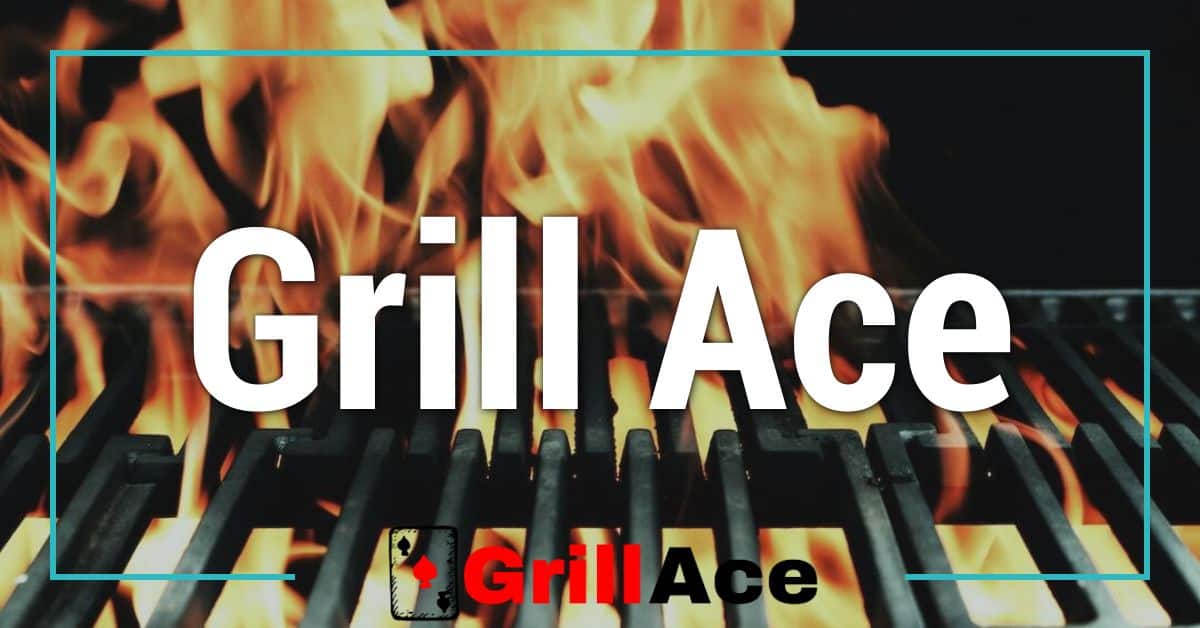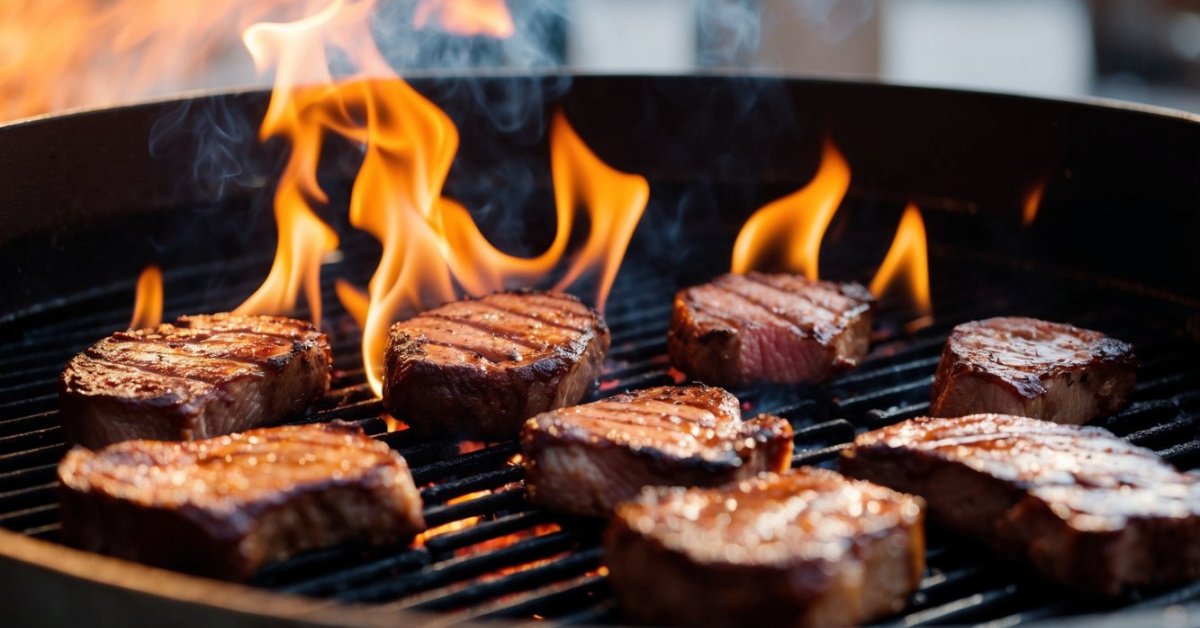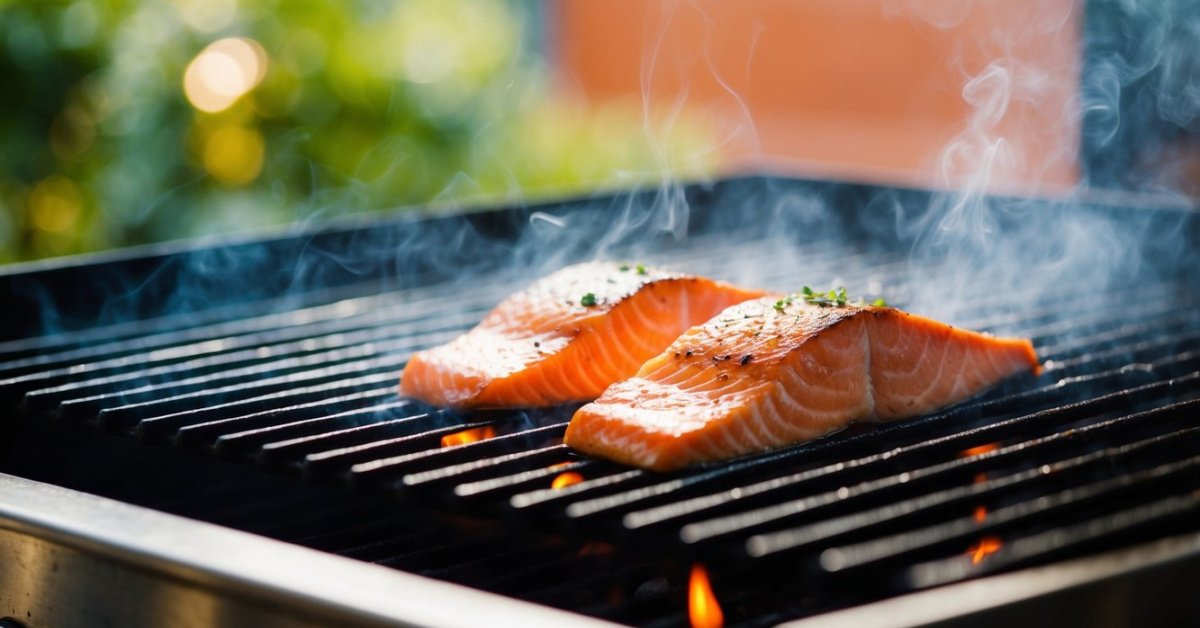Key Takeaways
- Rich History: Barbecue has a deep-rooted cultural history that blends Indigenous, European, and African influences, which shaped modern grilling traditions.
- Key Ingredients: The best barbecue utilizes quality meats, flavor-enhancing rubs, marinades, and sauces that elevate the dish’s overall taste.
- Traditional Techniques: Techniques like open flame grilling and smoking are fundamental to barbecue, each imparting unique flavors and textures to the meat.
- Regional Variations: Different regions have distinct styles of barbecue, from Texas brisket to Carolina pulled pork, each showcasing local flavors and culinary traditions.
- Classic Recipes: Early BBQ recipes, including whole animal cooking and delicious sides, remain foundational for contemporary gatherings, emphasizing the importance of tradition in barbecue culture.
- Community Connection: BBQ serves as more than a cooking method; it fosters connections and memories, turning every meal into a celebration of culture and togetherness.
There’s something magical about the smoky aroma of barbecue wafting through the air. It takes me back to summer gatherings where friends and family came together to savor deliciously grilled meats. Early BBQ recipes and techniques have shaped our modern grilling culture, and exploring these roots is a journey worth taking.
History of BBQ
Barbecue carries a rich history that blends cultures and techniques, creating a fascinating journey through time. Understanding its origins deepens my appreciation for every sear on the grill and smoky aroma that fills my backyard.
Origins of Barbecue Techniques
Barbecue techniques trace back to Indigenous peoples who utilized fire and smoke for cooking meat. These early methods varied by region, with different tribes using local resources and flavors. Spanish explorers noted these practices in the 15th century, leading to the term “barbacoa.” This word derived from the Taíno people of the Caribbean, referring to a wooden structure for cooking meat over a fire. As settlers arrived, they adopted and adapted these methods, blending them with their own culinary traditions.
Evolution of Early Recipes
Early barbecue recipes focused on whole animal cooking, particularly slow-roasting techniques. In the Southern United States, pork became a staple, showcasing its flavors through various marinades and rubs. Recipes from the mid-18th century began to include vinegar-based sauces, enhancing meat tenderness and taste. By the late 19th century, regional styles emerged, each adding its unique spin with spices, smoking techniques, and cooking styles. The important contributions of African American cooks solidified these recipes into the beloved barbecue culture we enjoy today.
Essential Ingredients
When it comes to BBQ, I believe the right ingredients make all the difference. From choosing meats to perfecting flavors, every element plays a role in creating that mouthwatering experience.
Types of Meats Used
I enjoy experimenting with various meats for my BBQ. Common choices include:
- Brisket: This beef cut takes time and low, slow cooking for tenderness.
- Ribs: Pork spare ribs and baby back ribs are classic favorites, offering a juicy bite.
- Chicken: Whole chickens or thighs work well for grilling, especially when marinated.
- Sausages: Smoked sausages bring great flavor and are easy to cook.
- Pork Shoulder: Ideal for pulled pork, this cut absorbs smoke beautifully during long cooks.
Each type of meat contributes unique textures and flavors, making mealtime exciting.
Flavoring and Seasoning
I can’t stress enough how important flavoring and seasoning are in BBQ. Key ingredients include:
- Rub: A blend of spices like paprika, garlic powder, and brown sugar enhances the meat’s natural taste.
- Marinades: Using acidic elements like vinegar or citrus tenderizes meats while adding depth.
- BBQ Sauce: Whether it’s tangy, sweet, or spicy, sauce adds the finishing touch that brings it all together.
- Wood Chips: Wood choices like hickory, mesquite, or applewood infuse meats with distinct smoky notes.
With the right flavor combinations, I can elevate any BBQ dish and impress my friends at backyard gatherings.
Traditional Cooking Methods
I love the old-school ways of cooking barbecue. They carry a sense of history while infusing my backyard gatherings with rich flavors. Two of the most compelling methods I often turn to are open flame cooking and smoking techniques.
Open Flame Cooking
Open flame cooking is where it all began. The thrill of grilling over direct heat brings a sense of connection to the primal roots of barbecue. I usually gather around a charcoal or wood fire, feeling the heat radiate and the enticing aroma of meat sizzling above the flames. Direct grilling works wonders for cuts like steaks, burgers, and chicken wings. The high heat sears the meat, locking in juices and flavor. An important trick I’ve learned is to let the flames lick the meat for that delicious char.
Smoking Techniques
When it comes to truly embracing barbecue traditions, smoking techniques never fail to impress. Using a smoker or a charcoal grill with wood chips creates a low and slow cooking environment. I prefer options like hickory or mesquite for their robust flavors. Typically, I smoke brisket or pork shoulder, allowing them to soak in those smoky aromas for hours. The key lies in maintaining a steady temperature, often around 225°F to 250°F. I keep an eye on the wood supply, adding more as needed to ensure the meat stays enveloped in that mouthwatering smoke. The result? Tender, flavorful dishes that are worth the wait.
These traditional cooking methods hold the essence of barbecue, reminding me why I love grilling and sharing good food with friends and family.
Regional Variations
Barbecue isn’t just a cooking method; it’s a cultural experience shaped by regional influences. Each style tells a story, showcasing local flavors and traditions that make grilling even more exciting.
Southern BBQ Styles
Southern BBQ styles stand out for their rich history and bold flavors. Techniques vary across states, creating unique culinary identities.
- Texas BBQ: Texas puts the spotlight on brisket. I love how it’s seasoned with simple rubs and smoked over post oak or mesquite. The result? Tender, juicy meat with a deep smoky flavor.
- Memphis BBQ: In Memphis, pull apart a tender pork shoulder served with tangy tomato-based sauce. Dry ribs, seasoned with a blend of spices, offer a crunchy texture that complements the juicy meat.
- Carolina BBQ: Carolina style leans toward pulled pork, often served on a bun. I can’t resist the vinegar-based sauce that adds a tangy kick, contrasting beautifully with the sweet meat.
- Alabama BBQ: Alabama’s white sauce takes center stage. This mayonnaise-based sauce pairs perfectly with chicken, giving it a unique creamy flavor that elevates everything off the grill.
Eastern BBQ Influences
Eastern BBQ styles also influence grilling culture across the country. The distinct styles from these areas are worth exploring.
- Kansas City BBQ: Kansas City excels in versatility. I appreciate the wide variety of meats from ribs to burnt ends, all glazed with a sweet, sticky sauce. It’s the ultimate BBQ feast.
- St. Louis BBQ: St. Louis ribs are cut unique, with their spares trimmed into a rectangular shape. Smoked and sauced, they bring their own flavor and texture that shine on the plate.
- North Carolina BBQ: This region highlights whole hog cooking. With a focus on the entire pig, the meat is often pulled, with seasoning that reflects the region’s roots—like tangy vinegar or mustard bases.
- Atlanta BBQ: Atlanta showcases a mix of Southern styles, frequently incorporating a diverse array of flavors inspired by the community’s rich cultural mix. Each cook puts a personal spin on traditional recipes.
Grilling isn’t just about meat and heat; it’s about stories told through every bite. Embracing these regional variations makes every BBQ flip an adventure, creating connections and memories to cherish.
Early BBQ Recipes
Exploring early BBQ recipes connects me to a rich history of grilling that brings a smile to my face. Those classic flavors and techniques laid the groundwork for our backyard gatherings today, turning every meal into an event.
Classic Meat Recipes
I love classic meat recipes that showcase the art of barbecue. Whole animal cooking was a staple of early pits, and it still holds a special place in my heart.

- Brisket: Cooking brisket low and slow reveals incredible tenderness and rich flavor. Using a simple rub of salt and pepper lets the natural taste shine. Smoke it over oak or hickory for an unforgettable bite.
- Pork Shoulder: This cut shines when smoked for six to twelve hours. I rely on a vinegar-based marinade to enhance its flavor. Pull it apart for sandwiches or serve it with traditional sides.
- Ribs: Whether baby back or spare ribs, the secret’s in the preparation. A dry rub of brown sugar, paprika, and garlic powder creates that perfect caramelized crust. Slow-cook them over indirect heat for the best results.
- Whole Chicken: Spatchcocking the chicken speeds up the cooking time and ensures even grilling. Season it with a zesty marinade and toss it on the grill until it’s crispy and juicy.
Vegetable and Side Dishes
« Top Grill Storage Solutions for Small Spaces: Maximize Your Outdoor Cooking Experience
What to Do If You Smell Gas While Grilling: Essential Safety Tips You Can’t Ignore »
Barbecue isn’t just about the meat; sides elevate the whole experience. Adding a variety of vegetables ensures everyone’s satisfied.
- Grilled Corn on the Cob: Soak corn in water for an hour, then grill it in the husk for a smoky flavor. It’s a summertime classic.
- Coleslaw: This crunchy side provides a fresh contrast to rich meats. I mix shredded cabbage, carrots, and a tangy vinegar dressing to keep it light.
- Baked Beans: Slow-cooked beans bring sweetness and depth. I add brown sugar and a hint of bacon to make them unforgettable.
- Vegetable Skewers: Colorful bell peppers, zucchini, and red onion, seasoned and threaded on skewers make fantastic charred bites when grilled.
Each BBQ recipe, whether for meat or sides, creates an opportunity to gather round with family and friends. Through grilling, I dive into those delicious early traditions and keep the spirit of barbecue alive.
Conclusion
Barbecue is so much more than just cooking; it’s about creating memories and sharing moments with the people we love. As I dive into those early recipes and techniques I’m reminded of the rich history that flavors our modern grilling experiences.
Each time I fire up the grill I feel connected to those who came before me embracing the art of barbecue. Whether it’s the smoky aroma of brisket or the tangy bite of a vinegar-based sauce I find joy in every bite.
So let’s keep those traditions alive and continue exploring the delicious world of barbecue together. Here’s to many more gatherings filled with laughter great food and unforgettable flavors.














